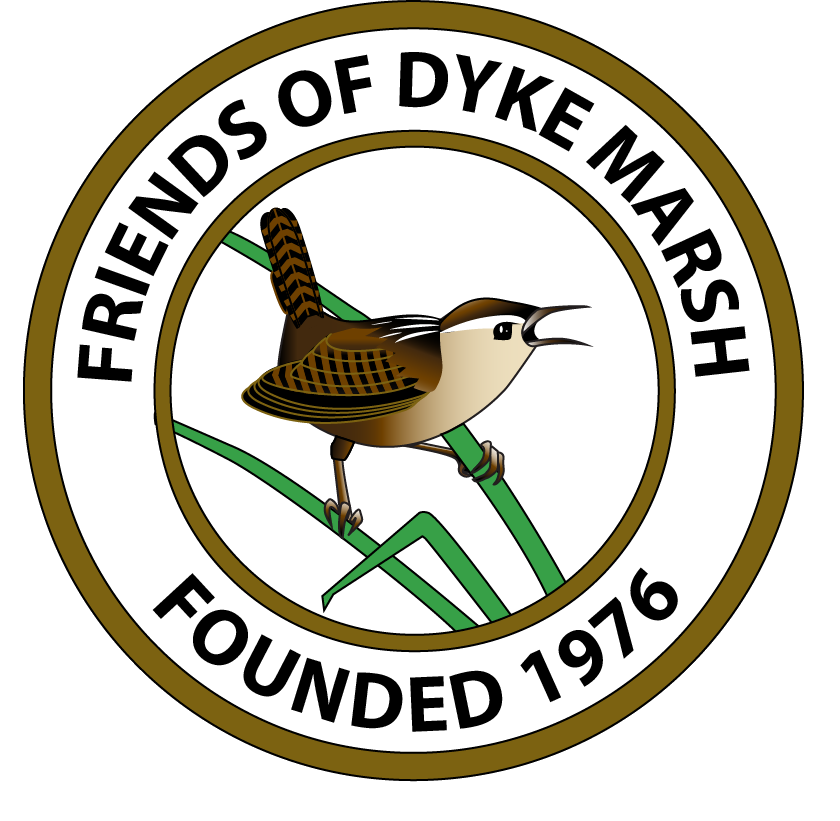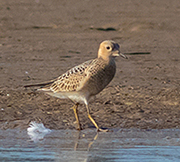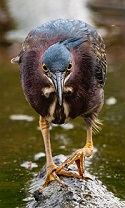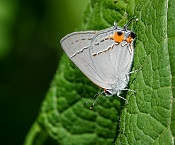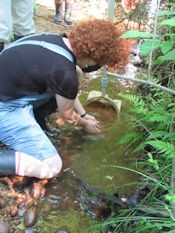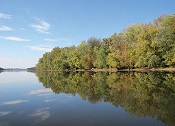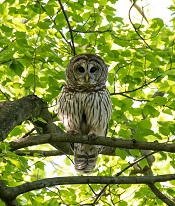On August 28, Todd Kiraly, Steve Bielamowicz and Sherman Suter saw and reported a buff-breasted sandpiper (Calidris subruficollis) in the Hunting Creek mudflats, just north of Dyke Marsh. This was a first sighting and a record for the George Washington Memorial Parkway (GWMP). This is bird number 294 for GWMP.
News
Virginia Wildlife magazine chose the photographs of two talented members of the Friends of Dyke Marsh for the magazine’s annual Photography Showcase, published in the July-August 2021 issue: Barbara Saffir and Jane Gamble. Congratulations!
Since 2016, devoted volunteers have surveyed Dyke Marsh for butterflies, dragonflies and damselflies once a month, often observing many other insects and wildlife too. Here are a few examples of 2021 sightings. Thank you, Rusty Moran, for your observations and photographs.
The first photo is the gray hairstreak butterfly (Strymon melinus). As its name suggests, this species of butterfly belongs to a group of butterflies with hairlike markings on the underside of their wings. Fairly common, this species lives in a variety of habitats. Its caterpillars feed on a variety of plants.
On April 9 and May 27, 2021, FODM volunteers conducted habitat quality monitoring in an unnamed, intermittent stream that flows through Mount Vernon Park into west Dyke Marsh. FODM started this project in 2016.
On May 27, the stream had the highest number of macroinvertebrates that FODM volunteers have ever seen there – 206. “Although most were midges, it was still very, very exciting,” observed Ashley Palmer, Northern Virginia Soil and Water Conservation District (NVSWCD), who led the group. Palmer explains, “Midges are small macroinvertebrates considered to be tolerant of pollution. Finding many midges in a stream usually indicates poor water quality, but at this site we likely find more midges due to the intermittent stream flow which can make it more difficult for more sensitive species to be present. A healthy stream has a large number and wide variety of macroinvertebrates.”
The Potomac River is much cleaner today than it was in 1964 when then U.S. President Lyndon Johnson called it “a national disgrace,” but efforts are still needed to get it to an A grade, Hedrick Belin, President of the Potomac Conservancy, told attendees of a May 26, 2021, Zoom meeting of the Friends of Dyke Marsh. “It is still too polluted for swimming and fishing,” he cautioned.
Spring’s rebirth is always uplifting, especially when Dyke Marsh’s avian heroes and heroines put on a show. In May 2021, many people delighted in observing a barred owl pair (Strix varia) and their three young near the Haul Road trail.
Josh Brick shared a video of the two adults appearing to display affection or preening. “It was hard to pull ourselves away,” Josh reported.
